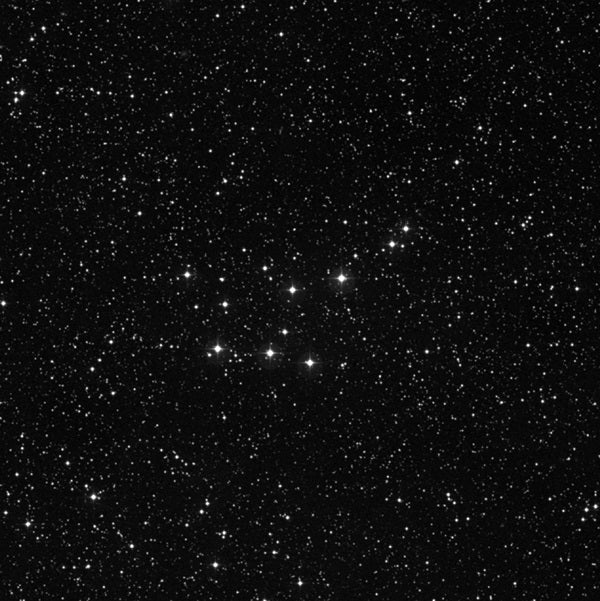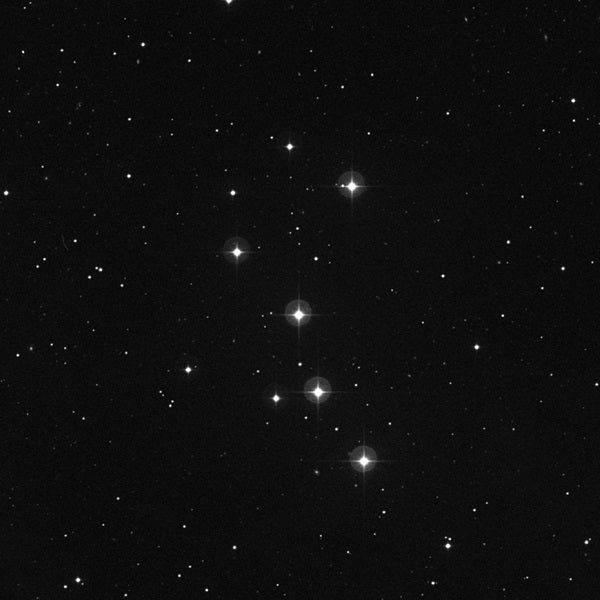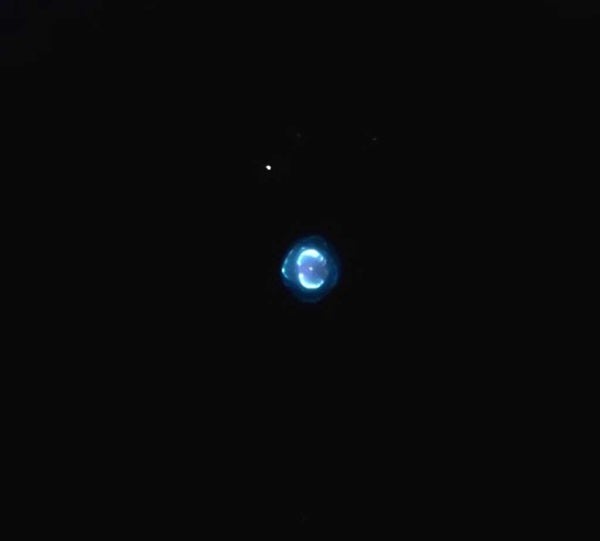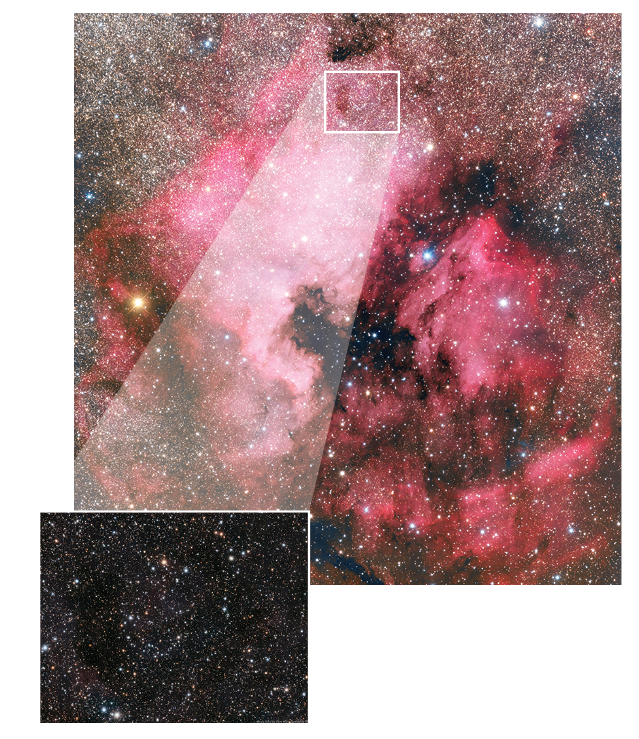Several such unplanned sweeps of the sky with binoculars and a telescope led to my independent discoveries of some fascinating asterisms — patterns of stars smaller than constellations — and star clusters. An advanced amateur astronomer in São Paulo, Brazil, though, had preempted all of my finds. Bruno Alessi discovered some 40 such stellar groupings between 1997 and 1998 and published them as part of a catalog in Astronomy & Astrophysics in 2002. Here, I describe three of my favorite Alessi objects. I hope you, too, will explore the sky and experience the joy of stumbling upon interesting stellar arrangements on your own.
I first encountered this curious knot of stars October 16, 2006. At the time, I was using 10×50 binoculars to casually sweep the boundary between northwest Capricornus and southeast Aquila. When I got to a point about 4° northwest of the beautiful double star Alpha (α) Capricorni, I noticed a 20′-wide glow just over the border into Aquila. When I used averted vision, the glow splintered into little sparks of light. Through a 4-inch scope at 23x, the roughly magnitude 7.5 glow resolved into about 20 stars, the brightest of which is magnitude 8.8. Alessi’s research has shown that, based on proper motions of these stars, the members may be physically related — at the same distance from Earth and not simply in the same direction in the sky.
I found this beautiful object September 10, 2009, while waiting for patches of clouds to move away from the open star cluster NGC 6811 in Cygnus. To pass the time, I trained my 5-inch telescope at 33x onto the twin golden stars Omicron (ο) Cygni. Because the Milky Way field around these stars is rich, I decided to center them and then sweep west.
To my surprise, a curious gathering of about two dozen irregularly bright stars (from 9th to 11th magnitude), packed in an area no larger than 10′ across, suddenly entered the field of view. When I bumped the power up to 66x, I counted more than 40 stars between 9th and 12th magnitude in an area 12′ across.
I found no identifiable clusters at this position on my charts, but Alessi had discovered this asterism more than a decade before. To my knowledge, this group, though cluster-like, is an asterism of unrelated suns that are different distances from Earth.
I chanced upon this pretty gathering of reasonably bright stars January 20, 2003, while looking for Comet NEAT (C/2002 V1). The binocular view revealed a large and “diffuse” object 2¼° north of Iota (ι) Piscium, in the famous Circlet of Pisces, and 1½° south of the comet.
Through a 4-inch scope, I estimated the object’s brightness to be magnitude 5.8 and resolved it into a lovely gathering of nine stars shining between 8th and 11th magnitude in an area 15′ across. This quaint grouping forms what I call the Little Ladle, the kind you use to scoop hot fudge for an ice-cream sundae.
Now it’s your turn. Take a look at these three objects, and then set out and try to find your own. The night sky has many more of them left to be discovered. Send your results to someara@interpac.net.













